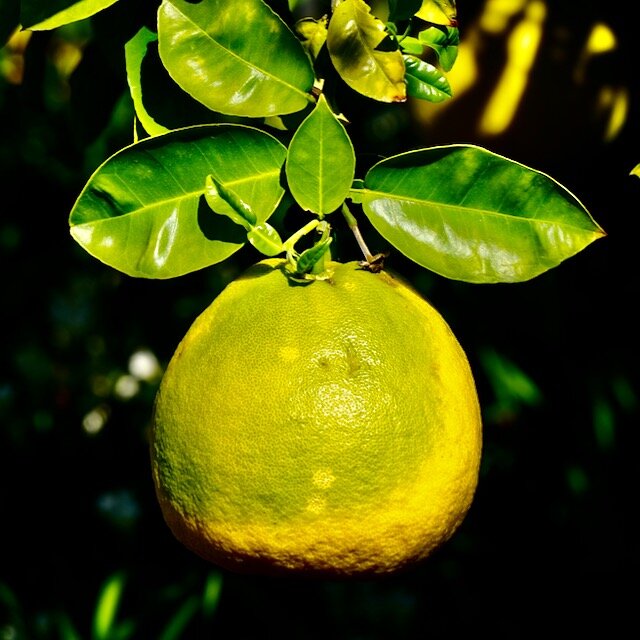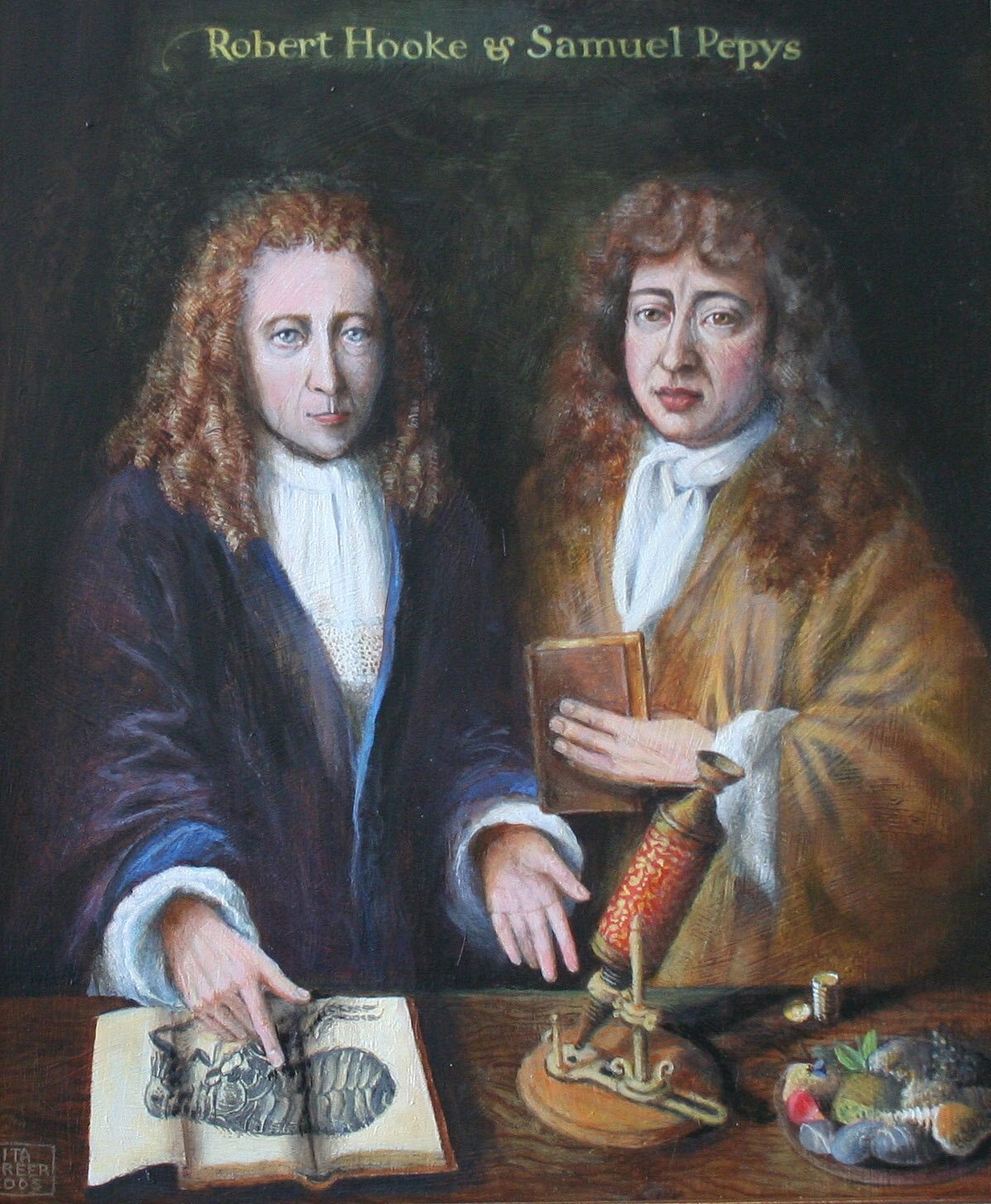
Maria Ylagan Orosa and the Chemistry of Resistance | Lady Science
“As a humanitarian, she believed knowledge was something to share, not sell. “When you start an experiment, finish it and write the results for others to use,” she often told her assistants. Her erasure was completed by corporations, who commodified her scientific contributions without acknowledging their origins.”

Darwin, Expression, and the Lasting Legacy of Eugenics | The MIT Press Reader
“As a man of science, he set out to analyze the visual difference between types, which is to say races. While Darwin’s scientific contributions remain ever significant, it’s worth remembering he was also a man of his era — privileged, white, affluent, commanding — who generalized as much as, if not more than, he analyzed, especially when it came to objectifying people’s looks.”

Casimir Funk Introduced us to Vitamins | COSMOS Magazine
“A century later, although we may find limitations in Casimir’s theory, this does not detract from his genius, or his influence on medical thinking and his role in founding the vitamin industry.”

Old Paintings Reveal How Fruits and Vegetables Have Evolved Over the Centuries | Vice
"Plant-based food is lavishly depicted by thousands of artists throughout the ages and offers a vast and unique insight into the stunning evolution in shapes and colors of our modern-day groceries," they wrote in an article published in the journal Trends in Plant Science.”

Socialism's DYI Computer | Tribune Magazine
“The reason for this resurgent interest in Galaksija is perhaps due to the fact that this exciting and little-known episode in computer-science history is pregnant with counterfactual potential. Galaksija embodies a destratification of today’s technological hierarchy, a tacit ideological assertion that computing machinery should be for the masses, cheap and available to everyone, and that neither money nor technical know-how need be barriers to entry.”

An experiment on a Bird in an Air Pump | Joseph Wright of Derby, 1768
“... the Bird for a while appear'd lively enough; but upon a greater Exsuction of the Air, she began manifestly to droop and appear sick, and very soon after was taken with as violent and irregular Convulsions, as are wont to be observ'd in Poultry, when their heads are wrung off: For the Bird threw her self over and over two or three times, and dyed with her Breast upward, her Head downwards, and her Neck awry.”

The Mystery of the Missing Portrait of Robert Hooke | The Conversation
“If this is indeed Hooke, the portrait provides an iconic image.
So where has it been for more than 300 years?
I turned to the rumor that Newton could have been involved in the portrait’s disappearance. The two scientists did have a quarrelsome history.”

Clamshell Currency | Hakai Magazine
“The thought of having to go for four days without readily available cash shocked Americans. Around the country, businesses began issuing IOU-style notes or ersatz dollars—often called scrip currency—in the form of metal or wooden tokens so that everyday transactions could continue even when retailers couldn’t easily issue change to customers. In Pismo Beach, however, locals turned to a different resource: the shells of the Pismo clam, a large, edible clam once plentiful in the coastal waters of central California.”

Rosalind Franklin's Legacy Celebrated With Commemorative 50p Coin | King's College London
“The coin has been designed by Royal Mint graphic designer David Knapton. Inspired by the historical injustice of the failure to credit Rosalind Franklin’s role in determining the structure of DNA, David uses the printing techniques of the era to restore her rightful legacy. “

The History of Cheating Death: A Timeline of Cryonics | BBC Science Focus
“In the 1960s and 1970s, cryonics pioneers struggle to maintain the temperature of their frozen patients. Bedford is the only person frozen in this era who remains frozen today.”

How 19th Century Scientists Predicted Global Warming | JSTOR Daily
“But the road to understanding climate change stretches back to the tweed-clad middle years of the 19th century—when Victorian-era scientists conducted the first experiments proving that runaway CO2 could, one day, cook the planet.”

The Sun Queen and the Skeptic: Building the World’s First Solar Houses | Distillations
“Telkes, meanwhile, became a star in the lively but increasingly irrelevant world of solar-heating research, which gradually faded in prominence as nuclear power and cheap Middle Eastern petroleum conquered the energy industry. She presented at conferences and proposed a version of the Dover Sun House for Manhattan, which won her a job at New York University.”

The Doctor by Gerard Dou | Book Excerpt
“The physician, in the act of examining the urine, is depicted in many manuscripts, dating as far back as the early fourteenth century, and the subject becomes still more common among the wood- featured cuts of the fifteenth and sixteenth centuries, from which period it became a popular subject among artists of repute. Pictures representing the physician, the apothecary or the charlatan in the act of diagnosing the disease of a patient from his urine glass are apparently innumerable.”

The Comet Book (1587) | The Public Domain Review
“As any dinosaur would tell you, the association of comets and meteors with calamitous events are not entirely unfounded — one comet, named here “Veru” (depicted as a fiery lance) and now known as Swift-Tuttle, has been described as "the single most dangerous object known to humanity" (though the chances of it hitting Earth are still extremely small).”

The Dr. Strange of the American Revolution | Nautilus Blog
“Rush was a founder of American psychiatry. As a scientist, he was fascinated by mental illness; as a doctor, he was horrified by its treatment. Where most saw the workings of God or demons in the manners of the mentally ill, Rush saw malfunctioning parts. It was no sin to be deranged. The mentally afflicted deserved sympathy and sophisticated care.”

The Computer Scientist Who Can’t Stop Telling Stories | Quanta Magazine
“The contest officials had identified approximately 2,000 words they could expect, but Knuth found more than 4,700. He was rewarded with a spot on television and chocolate for his entire class. He would go on to win many more accolades, including the first ACM Grace Murray Hopper Award, the National Medal of Science and the A.M. Turing Award.”

Isaac Newton and the Perils of the Financial South Sea | Physics Today
“Brilliant scientists have been known to do foolish things, but Isaac Newton’s financially disastrous moves during the South Sea Bubble of 1720 are a particularly remarkable blunder. “

Model Victorians | The Royal Society Blog
“With little understanding of the life-cycle and needs of such creatures and with miserable temperatures in London, it is little wonder that the calf didn’t survive. Frank Buckland made two casts and one was seen in the following year by zoo visitor Mark Twain.”

A Brief History of Ventilation | Wellcome Collection
“Today, medical professionals would recognise this technique as a tracheotomy. Vesalius’s experiment demonstrated the power of mechanical ventilation – though it would not be incorporated into widespread medical practice for several more centuries. This was partly due to the fact that doctors did not yet fully understand the purpose of respiration.”

Would a Book Lie? | Distillations | Science History Institute
Louis XIV and his advisers—specifically, Jean-Baptiste Colbert—saw danger in free expression. There were an uncomfortable number of small print shops with only one or two presses that were difficult to keep tabs on and, when idle, might resort to unregulated printing of heterodox or politically incendiary tracts. The government’s strategy was to consolidate printing in a smaller number of larger print shops, the reasoning being that the larger ventures would be easier to regulate and their owners would have more to lose and thus less incentive for unauthorized printing.”